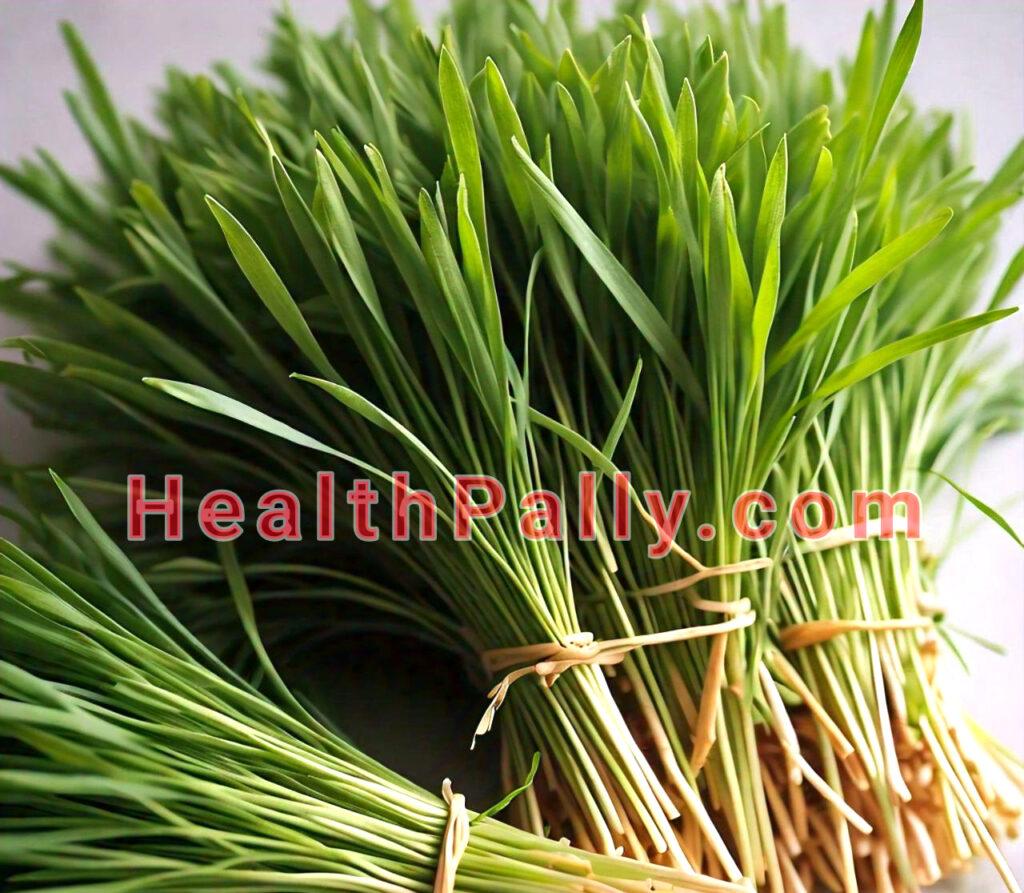Wheatgrass Uses and Benefits
Wheatgrass is the young plant of wheat plant which is edible and nutritious.
It has more natural healthy nutrients than most celebrated foods.
Wheatgrass is not eaten raw though because it’s highly indigestible but can be processed into juice, powdered form, tablets, and capsules for treating different forms of ailments.
Wheatgrass Nutrition Facts
Wheatgrass has many chlorophyll and enzymes and is enriched with high calcium content, vitamins, and other minerals.
When wheatgrass is compared with other foods that are rich in natural nutrients.
It was found that every 100 grams of wheatgrass extracted juice, has
- More protein than spinach and broccoli
- More Vitamin B12 than spinach and broccoli
- More Vitamin C than orange juice
- More vitamin E than spinach and broccoli
- More calcium content and 3000% more Vitamin B1 than raw milk
- More iron than spinach and broccoli
- More phosphorus than spinach and broccoli
- More magnesium than banana fruit and broccoli
Wheatgrass is a very controversial plant when it comes to its health benefits to man and healing.
While there are fewer studies to support the claims of its high healing power, there are fewer studies to prove otherwise too.
Talking business, every natural food has two sides of review and it has always been like that.
Wondering if wheatgrass is a vegetable, yes, but not edible for man but can be fed to cattle and horses and is rich in protein, carbs, and calories.
It has been proven to be gluten-free although this is still subject to further reviews.
According to research, wheat grass can minimize the side effects of chemotherapy but not combat cancer cells and increase the survival rate.
Another popular research from Israel has also shown that wheatgrass can help fight inflammation of the colon as the juice lessens the symptoms and effects of ulcerative colitis.
For wheatgrass as a possible means of preventing cancer, its content of vitamin B12 in combination with the trace elements selenium and zinc speaks much of its effects.
This study was also supported by the New York University’s Langone Medical Center when they gave wheatgrass juice consistently to 24 patients and realized their conditions improved thereafter.
There is another study published in the journal Indian Pediatrics where it was discovered that wheatgrass is supplementary in treating anemia (thalassemia) as the subjects were on fewer blood transfusions after taking about 100 milliliters of wheatgrass juice extracts daily.
Other nutrients found in Organic Wheatgrass
Lutein
Carotenoid is used to prevent common aged eye problems such as the dreaded macular degeneration.
The blindness can be significantly lowered during the final stage of the disease.
This was proven by experts in the study carried out by the US National Eye Institute (NIH) on Age-Related Eye Disease Study (AREDS) in 2008 when they researched old age-related eye problems in the US.
Vitamin K
Vitamin K, which helps in metabolism regulation in the mitochondria of the cell, is essential in regulating blood clotting and it’s also substantially important in bone mineralization.
Vitamin B
Natural Vitamins from the vitamin-B group such as niacin, vitamin B6, thiamine, Riboflavin, and acid are very essential for healthy nerves, muscle metabolism, amino acids, fatty acids, and cholesterol metabolism in the body.
Generally, the vitamin B Group is responsible for the following:
- It’s a Catalyst for chemical reactions
Food nutrients metabolism
Metabolism of drugs and toxins in the body.
- Helps in the Conversion of glycogen to glucose in the muscle during physical activities
- Helps in building skeletal muscles in children
- It helps in cell growth and division.
- To enhance the immune system.
Zinc
Zinc is another mineral found in wheatgrass which helps in the formation of numerous enzymes and promotes a good immune system.
Not only that, Copper and manganese are also found in wheatgrass and they’re needed for enzyme formation and Selenium, for the synthesis of protein, and enzymes, and getting rid of radicals from the body.
Dr. Arthur Patek discovered that when food that contains chlorophyll is taken with zinc by an anemia patient.
Strong positive effects could be felt by the patient and supporters of vegetarianism also give credit to the high protein content in wheatgrass that’s more than the protein in the chicken egg and cow’s milk.
Wheatgrass also contains the enzymes P4D1 and D1G1, to which an anti-inflammatory effect is ascribed.
They should also be able to regenerate damaged DNA, for example, if cells have been damaged by radioactive or x-rays.
In contrast to the ripe wheat grain, the wheat germs do not contain gluten.
Gluten does not only trigger allergies in some people, it also acidifies the organism in the long term.
Wheatgrass juice or extract, on the other hand, is alkaline – therefore also their a beneficial effect on skin, hair, or intestinal health.
How to use Wheatgrass?
When using wheatgrass juice or extract as a dietary supplement one should start with small amounts, of wheatgrass shot (also called wheatgrass jamba juice).
Take a tablespoon daily, since the taste is difficult to classify but neither pleasant nor unpleasant and some people could react vegetatively to it and even result in nausea.
If the juice is well tolerated in the body, you can take up to 4 CL in a day, preferably early morning (when food has not been taken or after 4 hours you’ve taken your food) and evening, before taking dinner.
